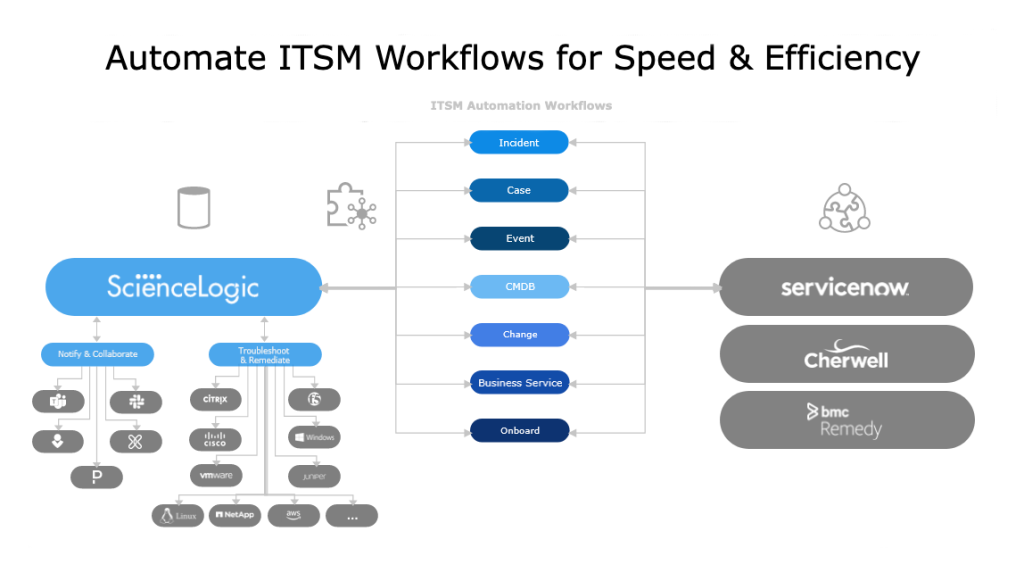Upgrade & Secure Your Future with DevOps, SRE, DevSecOps, MLOps!
We spend hours scrolling social media and waste money on things we forget, but won’t spend 30 minutes a day earning certifications that can change our lives.
Master in DevOps, SRE, DevSecOps & MLOps by DevOps School!
Learn from Guru Rajesh Kumar and double your salary in just one year.

Are you tired of performing repetitive and mundane tasks in your IT operations? Do you want to increase efficiency, reduce errors, and improve the overall performance of your systems? If so, then it’s time to embrace AIOps and automation.
In this blog post, we’ll explore how to do automation using AIOps. We’ll cover the basics of AIOps, the benefits of automation, and the steps you need to take to implement automation in your IT operations. So, let’s get started.
What is AIOps?
AIOps (Artificial Intelligence for IT Operations) is an approach to IT operations that leverages machine learning and artificial intelligence to automate and enhance the performance of IT systems. AIOps combines big data analytics, machine learning, and other advanced technologies to enable intelligent automation of IT operations.
AIOps offers several benefits, including:
- Improved visibility into IT systems
- Faster detection and resolution of issues
- Increased efficiency and productivity
- Reduced downtime and disruption
- Better alignment with business objectives
Why Automation is Important in AIOps?
Automation is an essential component of AIOps. It enables organizations to streamline their IT operations, reduce manual intervention, and improve overall efficiency. Automation also helps to reduce errors and improve the accuracy of IT operations.
By automating IT operations, organizations can:
- Reduce time and effort required for manual tasks
- Improve accuracy and consistency
- Speed up decision-making processes
- Reduce costs associated with IT operations
Steps to Implement Automation Using AIOps
Implementing automation using AIOps involves several steps, including:

Step 1: Define the Scope
The first step in implementing automation using AIOps is to define the scope of the project. This involves identifying the areas of IT operations that can be automated and determining the objectives of the automation initiative.
Step 2: Identify the Key Metrics
The next step is to identify the key metrics that will be used to measure the success of the automation initiative. This involves identifying the performance indicators that are relevant to the automation project and setting goals for each metric.
Step 3: Choose the Right Tools and Technologies
The third step is to choose the right tools and technologies for the automation project. This involves selecting the appropriate AIOps platform, machine learning algorithms, and other tools that are needed to automate IT operations.
Step 4: Collect and Analyze Data
The fourth step is to collect and analyze data from IT systems. This involves collecting data from various sources, such as logs, events, and metrics, and using machine learning algorithms to analyze the data and identify patterns and anomalies.
Step 5: Implement Automation
The final step is to implement automation in the IT operations environment. This involves creating workflows, rules, and policies that automate routine tasks and enable intelligent decision-making.
Conclusion
Automation using AIOps is a powerful approach to IT operations that can help organizations improve efficiency, reduce errors, and enhance overall performance. By following the steps outlined in this blog post, you can implement automation in your IT operations and realize the benefits of AIOps. So, what are you waiting for? Start automating your IT operations today!